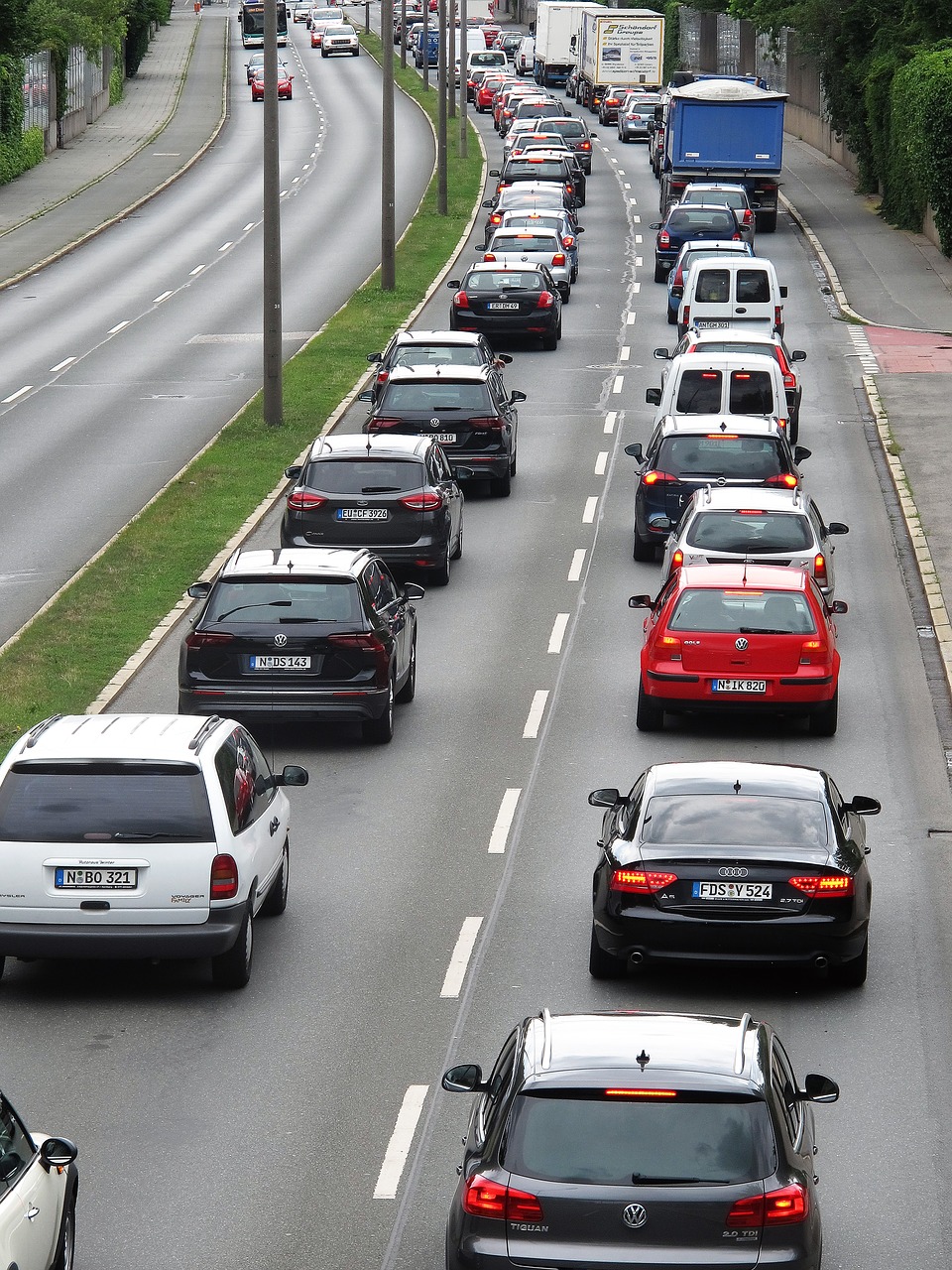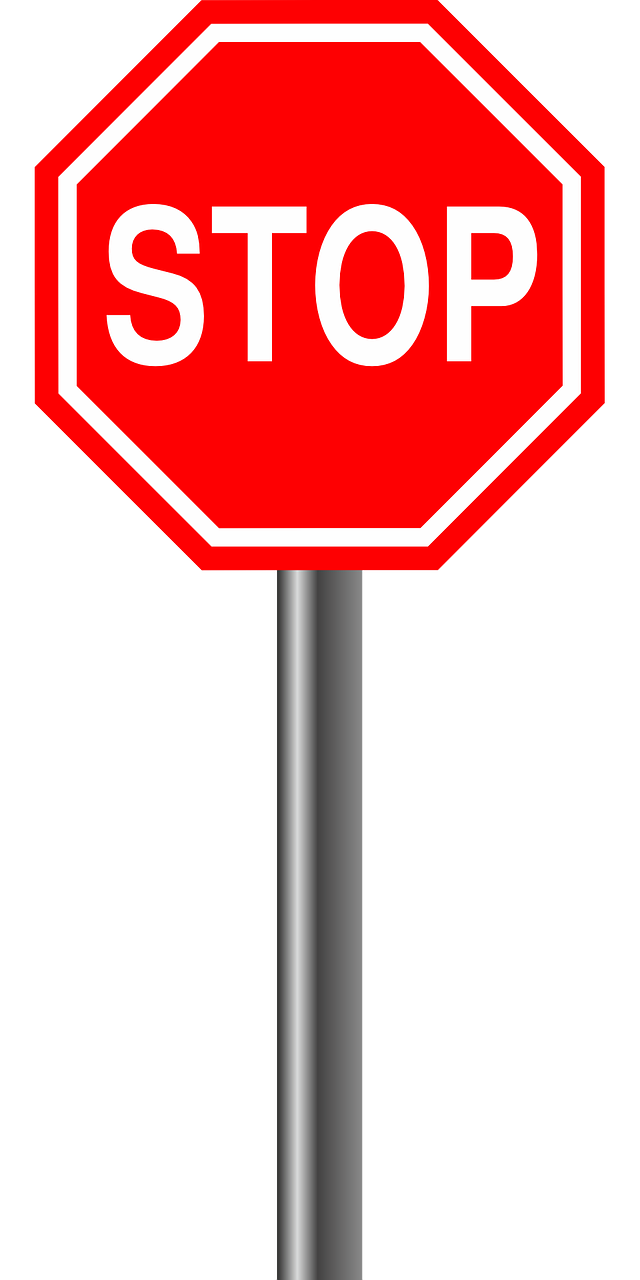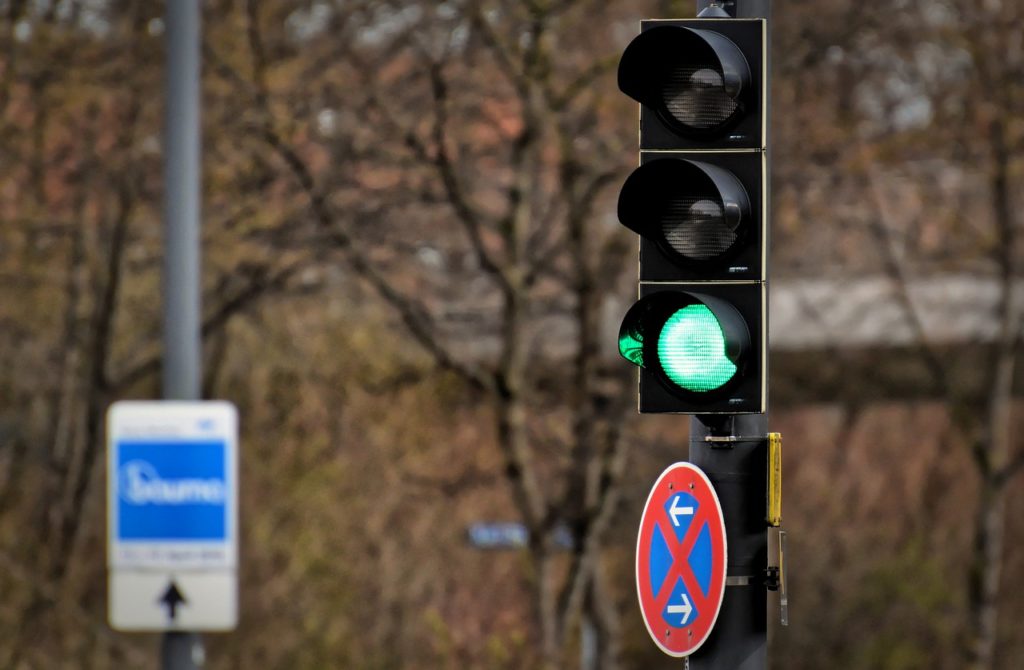Stroke
What is it? How does it happen?
A Stroke or Transient Ischemic Attack (TIA) occurs when blood flow is cut off, usually due to a clot in the vessel, much like a traffic jam. Much needed nutrients found in the blood are unable to get to the brain tissue. Without nutrients and oxygen, brain tissue dies. This usually feels like some combination of sudden neurological symptoms, some of which are outlined below. Because brain tissue does not regenerate, it is very important to call 911 to save as much brain tissue as possible. A stroke leads to irreversible brain damage, whereas a TIA is a reversible change in blood flow to the brain. Think of TIA as a warning sign- it is a golden opportunity to find out why you had a TIA, in hopes of preventing the stroke.


What Does a Stroke feel like?
Signs and symptoms
Sudden onset of (usually) a combination of:
- Numbness of your face, arm, and/or leg
- Weakness of your face (facial droop), arm, and/or leg
- Difficulty speaking or understanding words
- Change or loss of vision
- Loss of coordination or balance
- Difficulty walking
- Sometimes: vertigo, vomiting, sudden loss of consciousness, altered mental status.
Who typically gets it?
Risk Factors
There are a number of risk factors for stroke; many are related to your lifestyle, but some are out of your control, such as genetics. Here, we will talk about the most common modifiable stroke risk factors.
High Blood Pressure
Elevated blood pressure is also known as the "silent killer." Chronic uncontrolled high blood pressure leads to damage on the blood vessel walls, which leads to clot or plaque formation.
Diabetes
Elevated blood sugar over time tends to make the blood vessels "sticky," and promotes clot formation. Diabetics have trouble often in many areas of the body.
Smoking
Smoking promotes destruction of the blood vessel wall and increases clot formation. This is in addition to many other destructive effects of smoking.
High Cholesterol
Elevated cholesterol, or the fatty portion of elements in your blood, makes the blood thicker and more viscous (difficult to move fluidly). Many plaques are cholesterol plaques.
Heart Disease
Since the heart and the brain are connected through a network of blood vessels, heart disease makes stroke more likely. This is typically seen as plaque in the blood vessels of the heart and from the heart to the brain.
What can be done if I am having a stroke?
Emergency Treatment

IV tPA (Clot Buster)
If you are a candidate, you may recieve a medication to break up the clot causing a stroke.
Clot Retrieval
If able to reach the clot safely, and you are a good candidate, your doctors may try to remove the clot.
Surgery
Swelling and/or bleeding of the stroke site may require an emergency surgery, typically to release the pressure on the brain.
Medical Management
Whether or not you are a candidate for any of the above, you may receive medical management, which typically includes lifstyle modifications, such as blood pressure, sugar, and cholesterol management, blood thinners, and therapy.
How can MIND help?
Our Services
Not only do we consult on your case to perform a Root Cause Analysis, you will also learn new habits to prevent stroke or stroke recurrence.
Nutrition
We specialize in lifestyle changes tailored to patients with stroke and TIA. Small changes can make a big difference- and we don't believe in sacrificing flavor.
Exercise
30 minutes per day, 5 days per week. Let us help figure out a plan that appeals to you! (Hint: it shouldn't hurt!)
Medication
We do believe certain medications get the job done and are necessary, but we believe in low and slow dosing when appropriate, and will always take your preferences into account.
Complementary Therapies
This may include supplements, acupuncture, yoga, massage, or others, and is tailored to your comfort level.
The Bottom Line
Stroke can be life threatening or severely disabling. It is a medical emergency. If you or someone you know may be having a stroke, call 911!
Signs and Symptoms- remember FAST:
F– Facial droop (or numbness)
A– Arm weakness (or leg weakness)
S– Speech difficulty
T– Time to call 911
Additional Resources
Take a deeper dive:


